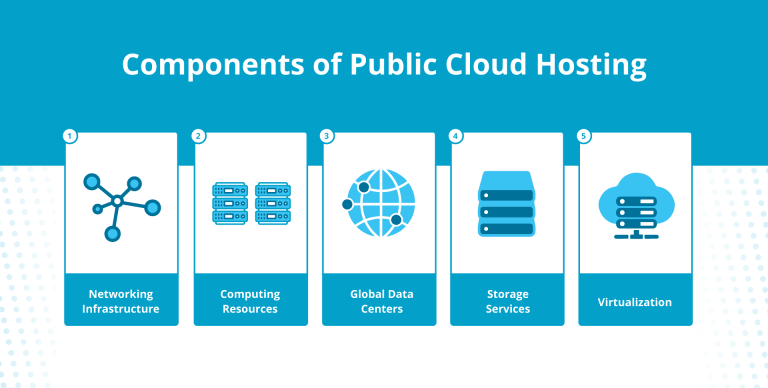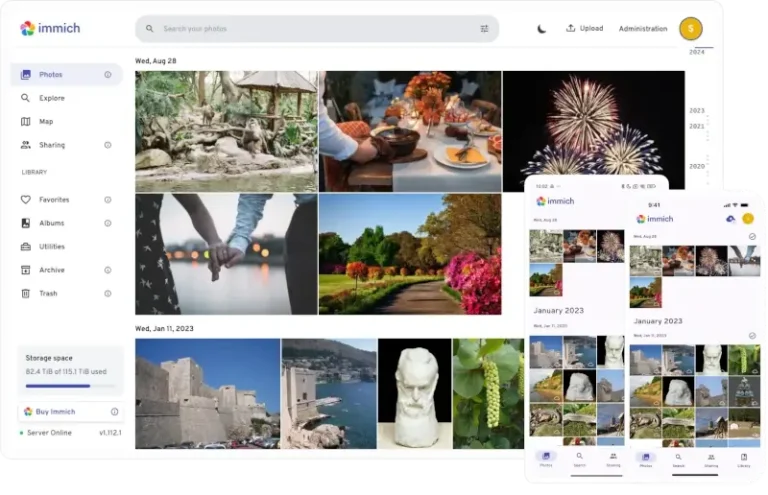If you are concerned about online security, you likely have a unique and complex password for each online account you use. However, these can be difficult to remember, and weak passwords are susceptible to hacking. With World Password Day approaching on May 5th, we are sharing the top 10 best practices for password security, common passwords to avoid, mistakes to avoid, how hackers obtain passwords, and tips for creating a strong password.
Here are the top 10 best practices for creating strong passwords in 2024:
1. Have a unique password for each account to prevent credential-stuffing attacks.
2. Use symbols and characters instead of letters to make your password harder to guess.
3. Use passphrases with unrelated words that are easier to remember and harder to hack.
4. Make your password at least 12 characters long, mixing lower and upper case letters, symbols, and numbers.
5. Use a password strength analyzer to ensure your password is strong enough.
6. Change your password every 60-90 days to prevent hackers from using old passwords.
7. Enable Two-Factor Authentication to add an extra layer of security.
8. Use a password manager to store complex passwords and only remember one master passphrase.
9. Check if your credentials have been included in any data breaches using a security tool like Have I Been Pwned.
10. Avoid using personal information in your password that can be easily found on social media.
The most common passwords in 2024 were “123456,” “123456789,” “qwerty,” and “password.” These are easily hackable and should be avoided.
To protect your passwords, avoid using consecutive keyboard combinations, trending slang, personal information, recycling old passwords, and using the same password for multiple accounts. Be cautious of anyone watching you enter your password and always log off if you leave your computer unattended.
Hackers use various methods to hack passwords, including brute force attacks, using common usernames like “admin,” social engineering tactics, and taking advantage of unlimited login attempts.
Celebrate World Password Day by checking your password strength against a password checker, changing any passwords included in data breaches, altering passwords used on multiple accounts, and considering using 2FA or a password manager like those recommended by Liquid Web.
Taking these password best practices seriously will help secure your accounts and protect your data from theft.





